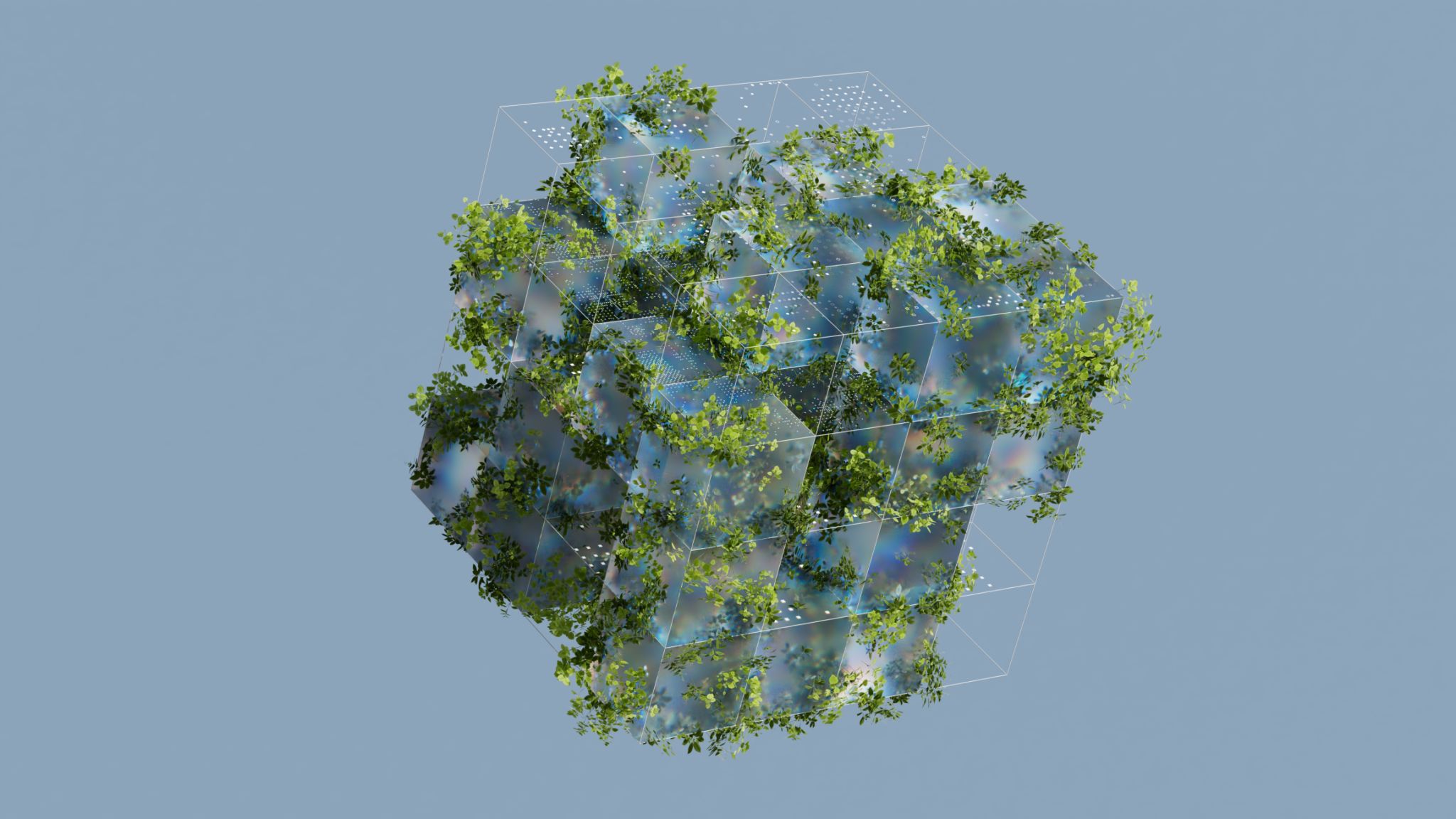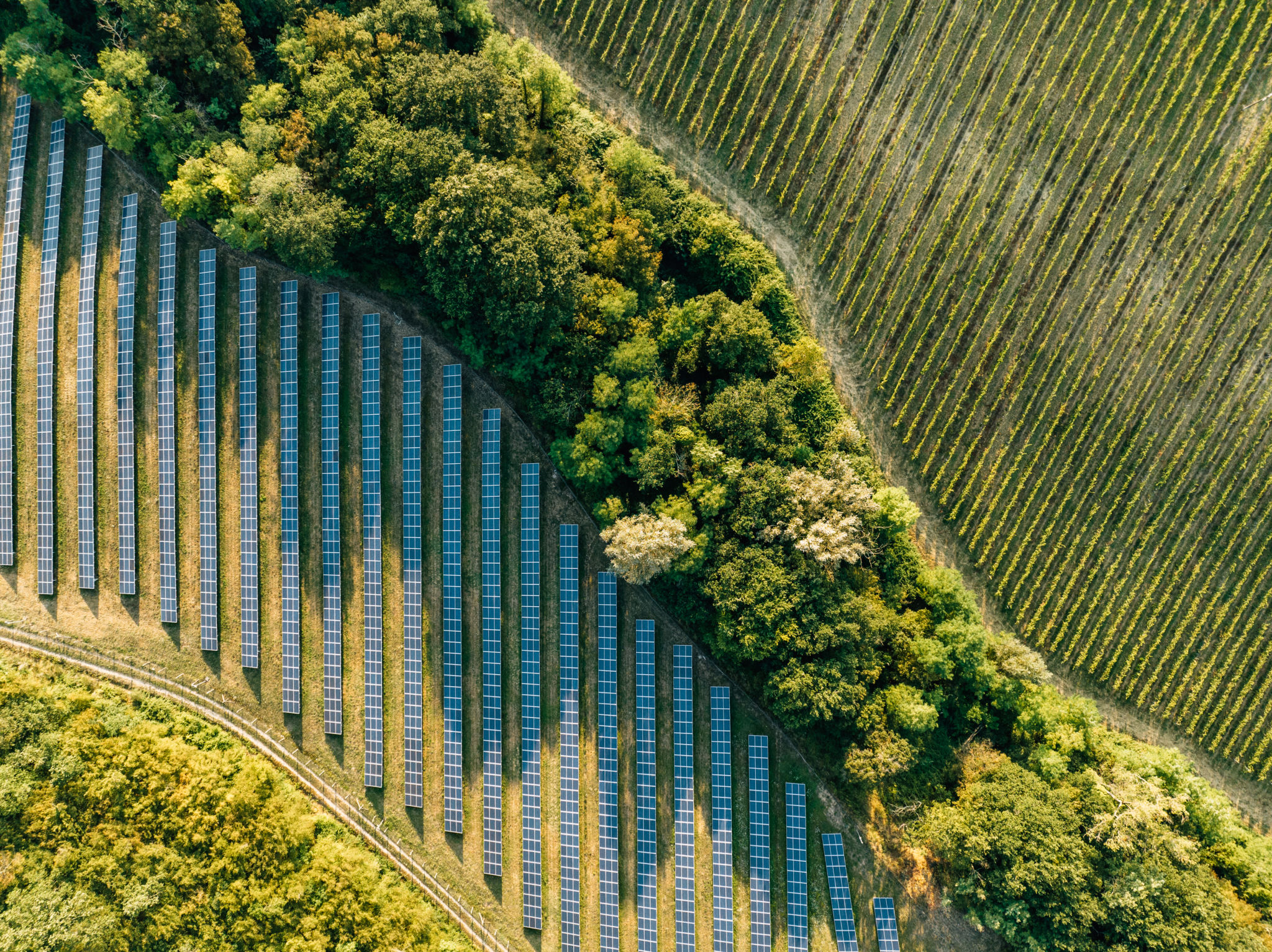Maximizing Efficiency with AI-Powered Green Energy Solutions
The Rise of AI in Green Energy
In recent years, the integration of artificial intelligence (AI) has transformed numerous industries, with green energy being one of the most significantly impacted sectors. The marriage of AI and renewable energy technology is ushering in an era of enhanced efficiency and sustainability. As the world grapples with climate change and the urgent need for sustainable solutions, AI-powered green energy systems are providing innovative ways to optimize energy consumption and reduce waste.
AI algorithms can process vast amounts of data from various sources, enabling smarter energy management. By analyzing weather patterns, energy consumption trends, and grid performance, AI can optimize the operation of renewable energy sources like solar panels and wind turbines. This ensures that these systems are operating at their maximum potential, reducing downtime and increasing energy output.

Optimizing Energy Consumption
One of the most significant benefits of AI in green energy is its ability to optimize energy consumption. Through predictive analytics, AI systems can forecast energy demand and adjust supply accordingly. This not only maximizes efficiency but also reduces costs associated with overproduction and storage.
Moreover, AI can enhance energy storage solutions. By predicting periods of high demand and low production, AI can ensure that stored energy is used optimally, minimizing waste and enhancing the reliability of renewable energy sources. This level of precision is crucial for integrating renewable energy into national grids without causing disruptions.

Enhancing Grid Reliability
The integration of AI into energy grids enhances their reliability and resilience. AI can swiftly identify faults or inefficiencies within the grid, allowing for prompt corrective actions. This proactive approach helps prevent large-scale power outages and ensures a steady supply of electricity.
Additionally, AI's ability to manage decentralized energy resources allows for a more flexible and responsive grid. Distributed energy resources, such as rooftop solar panels or small wind turbines, can be seamlessly integrated with larger grid systems, making the entire network more adaptable to fluctuating energy demands.
Reducing Carbon Footprint
AI-powered green energy solutions play a pivotal role in reducing the carbon footprint of energy production. By optimizing resource allocation and minimizing waste, these systems contribute to a significant reduction in greenhouse gas emissions. Furthermore, AI can assist in identifying inefficiencies in traditional energy systems, providing insights for retrofitting or upgrading to more sustainable models.

Incorporating AI into green energy not only supports environmental goals but also presents economic opportunities. As industries strive to meet sustainability targets, AI-driven efficiencies can lead to cost savings and competitive advantages. Businesses that embrace these technologies are better positioned for a future where environmental responsibility is a key determinant of success.
The Future of AI in Green Energy
As technology continues to evolve, the potential for AI in green energy will only grow. Innovations such as machine learning algorithms and advanced data analytics are constantly improving, paving the way for even more efficient and sustainable energy solutions.
In conclusion, the integration of AI with green energy technologies is revolutionizing the way we produce and consume energy. By maximizing efficiency, enhancing reliability, and reducing environmental impact, AI-powered systems are crucial in the transition towards a more sustainable future. As we continue to harness the power of AI, we move closer to achieving global sustainability goals and creating a cleaner, greener planet for future generations.